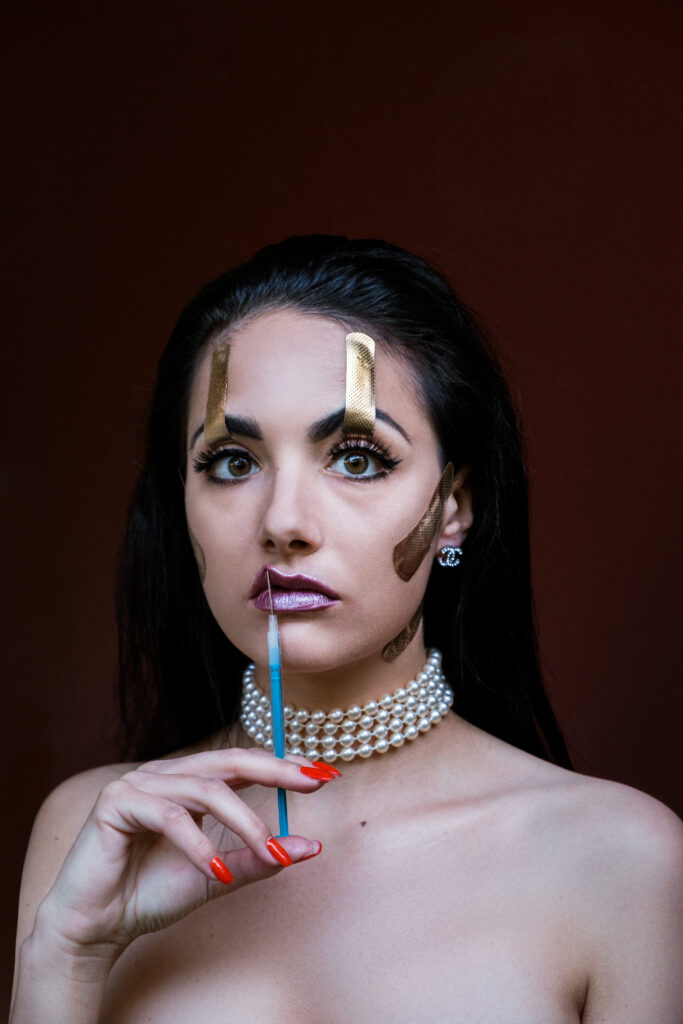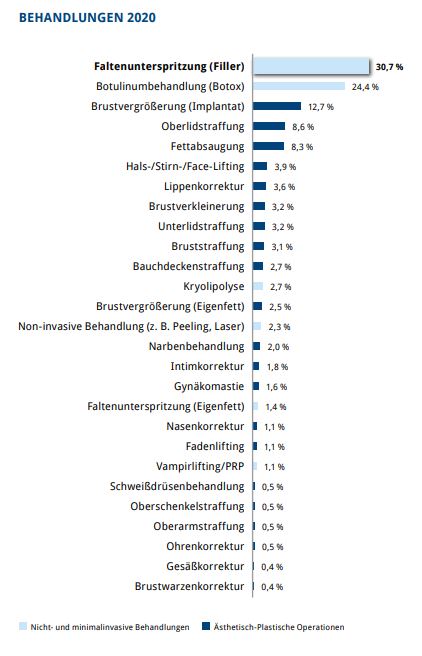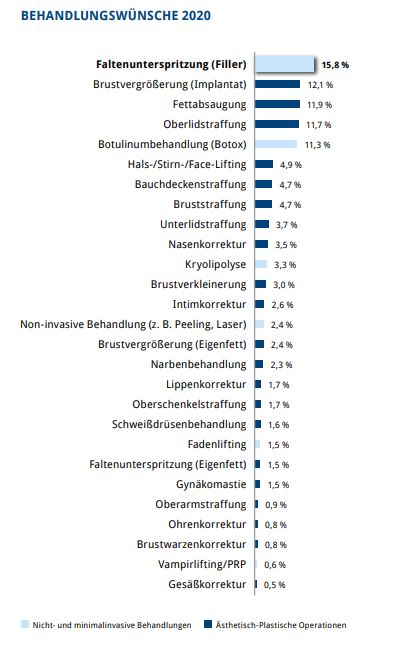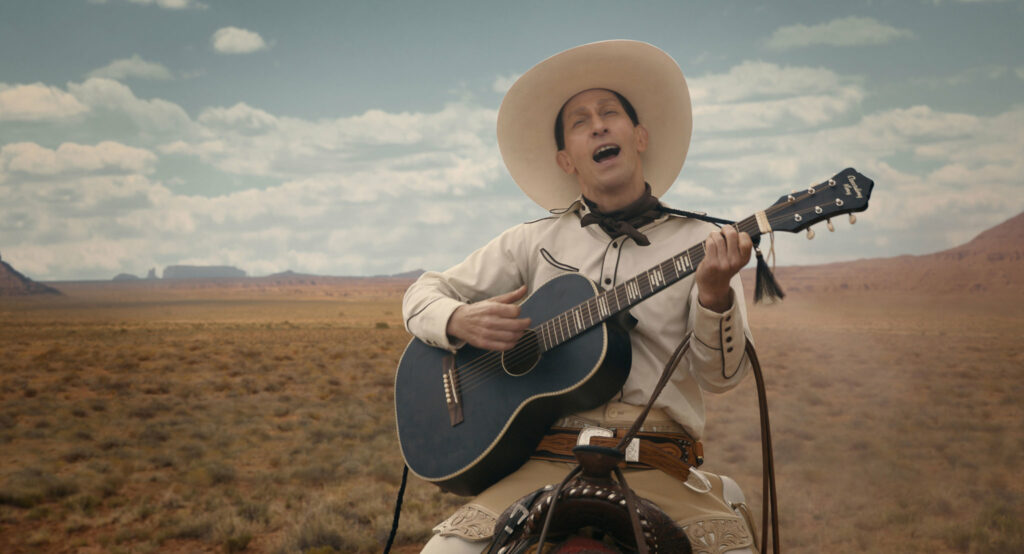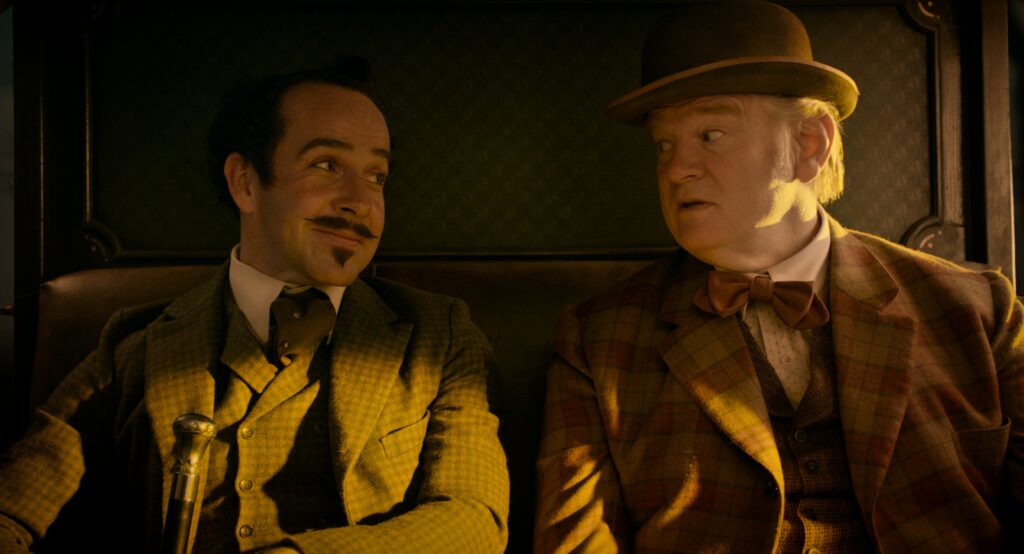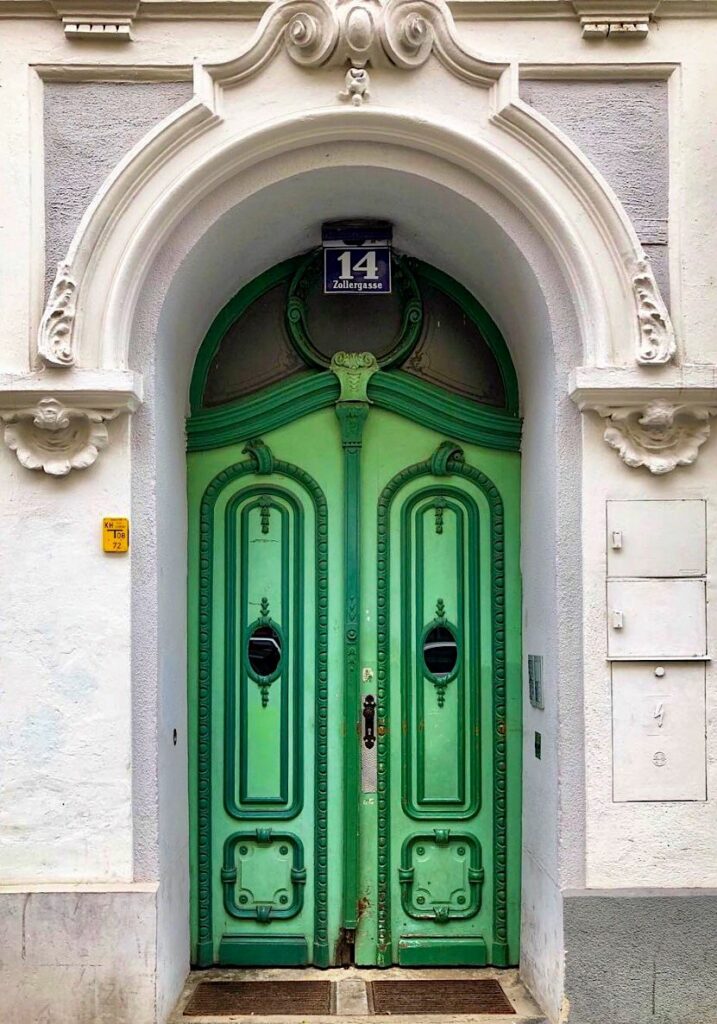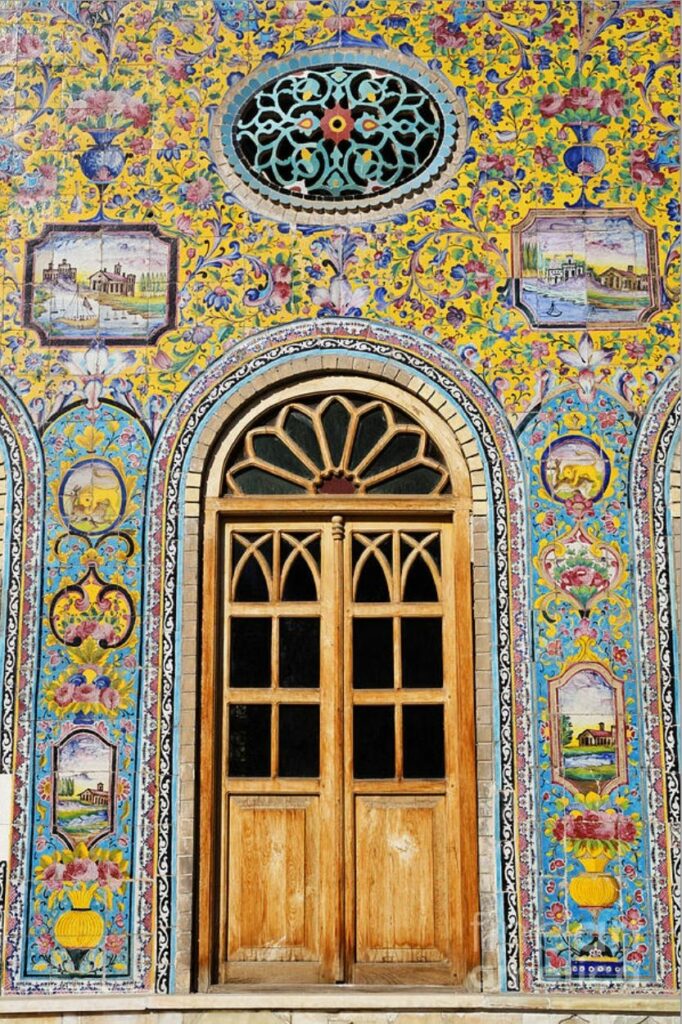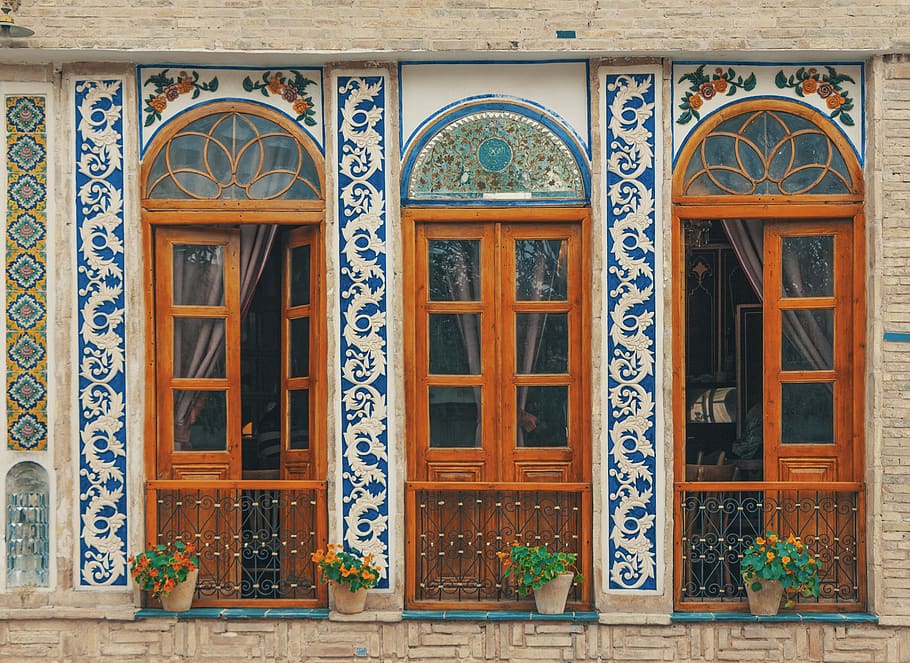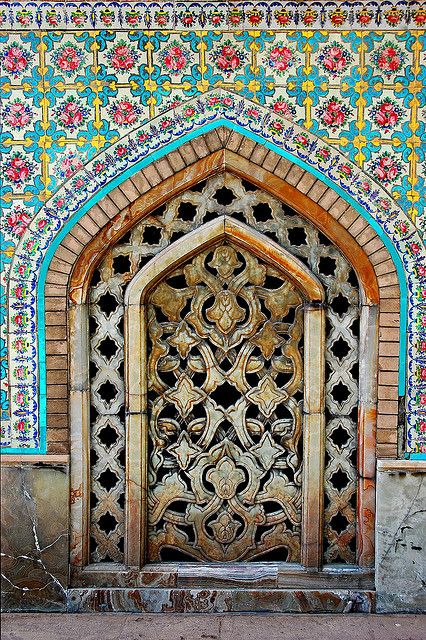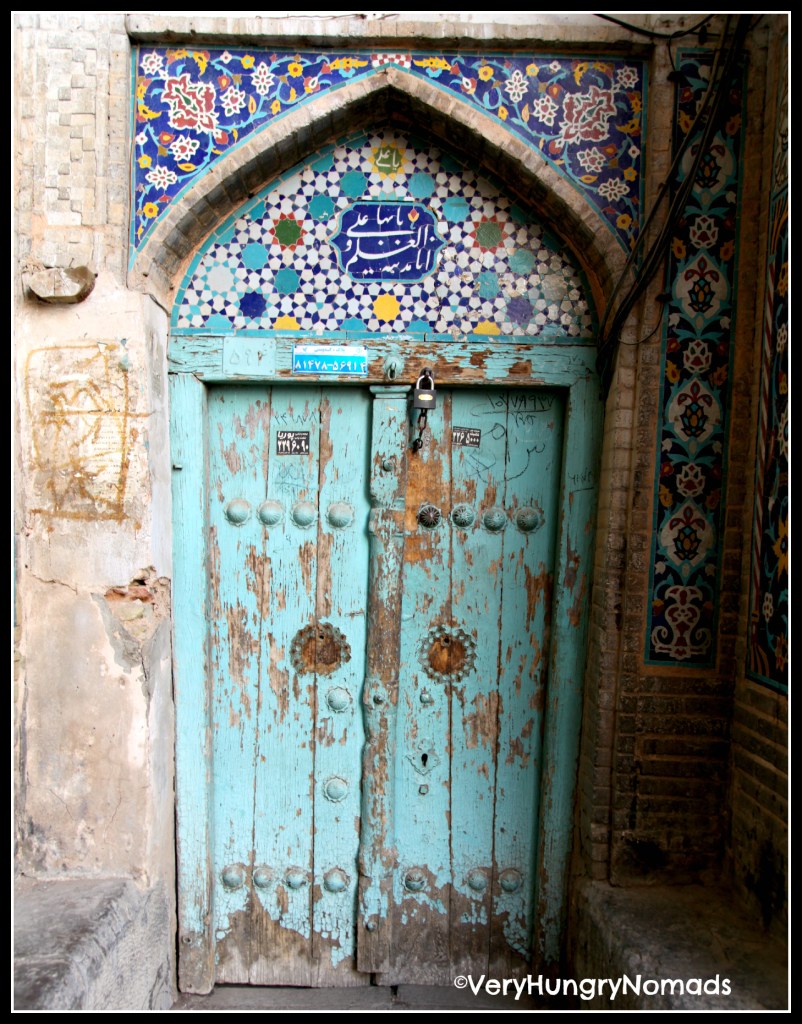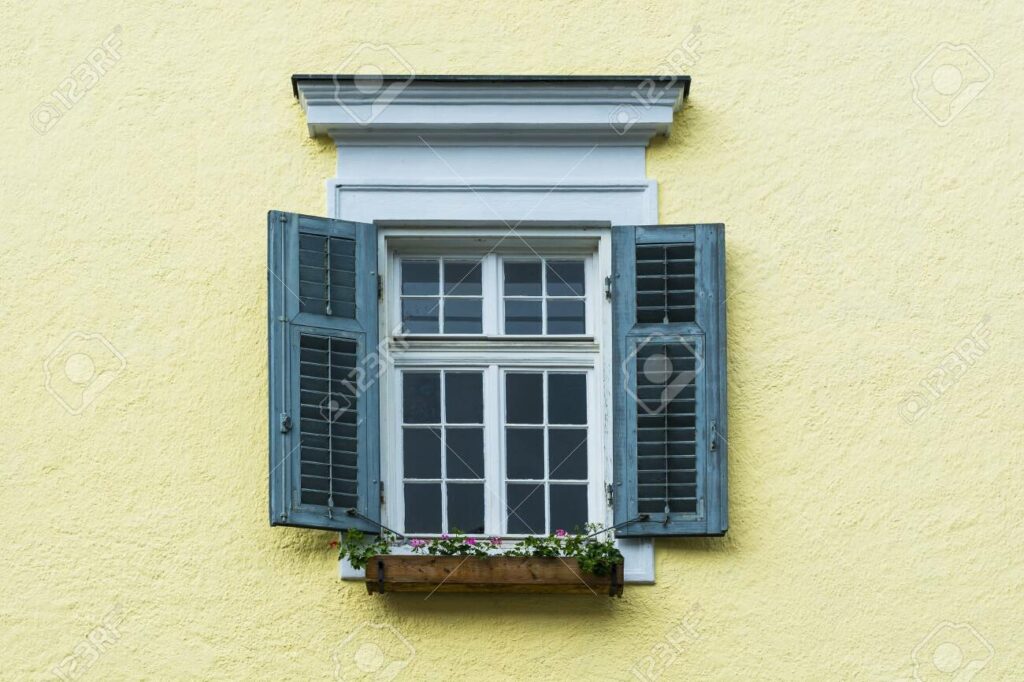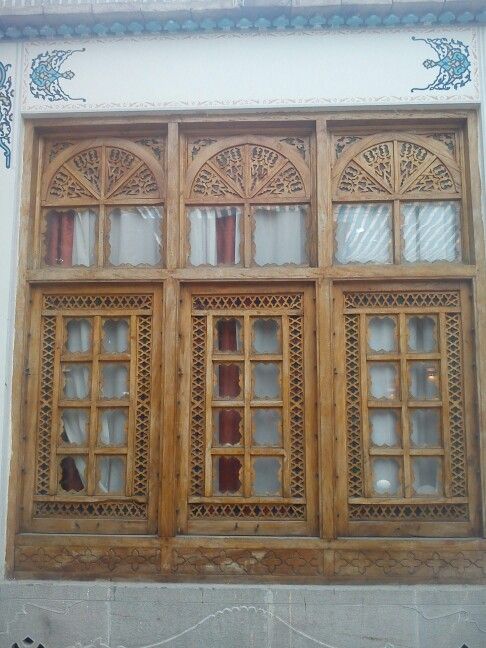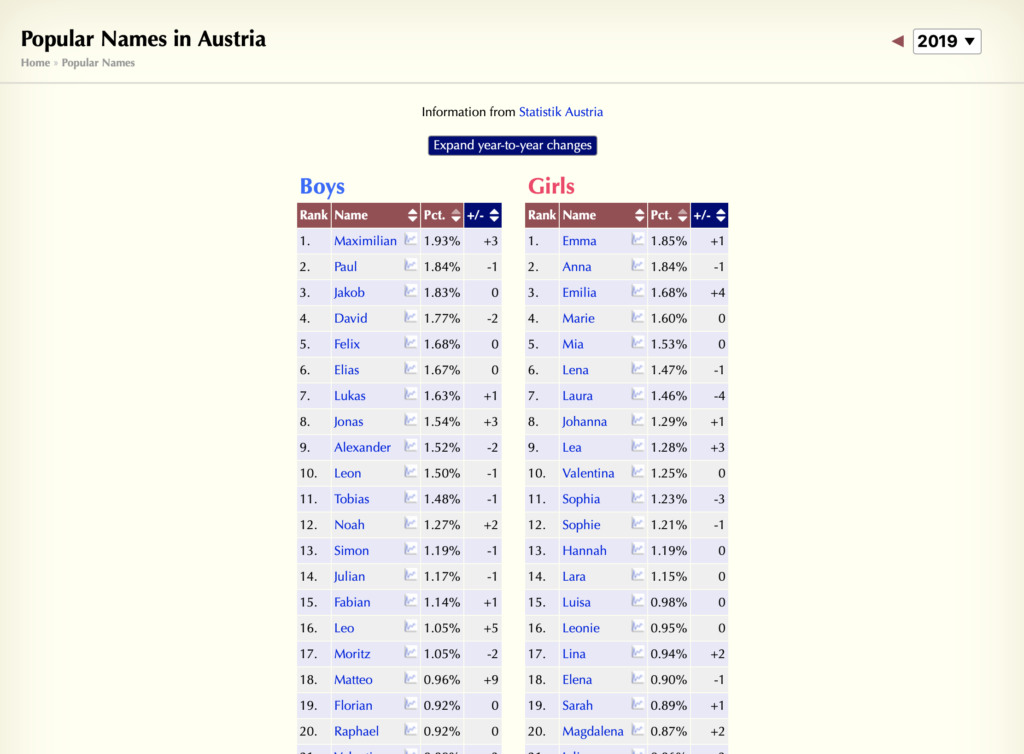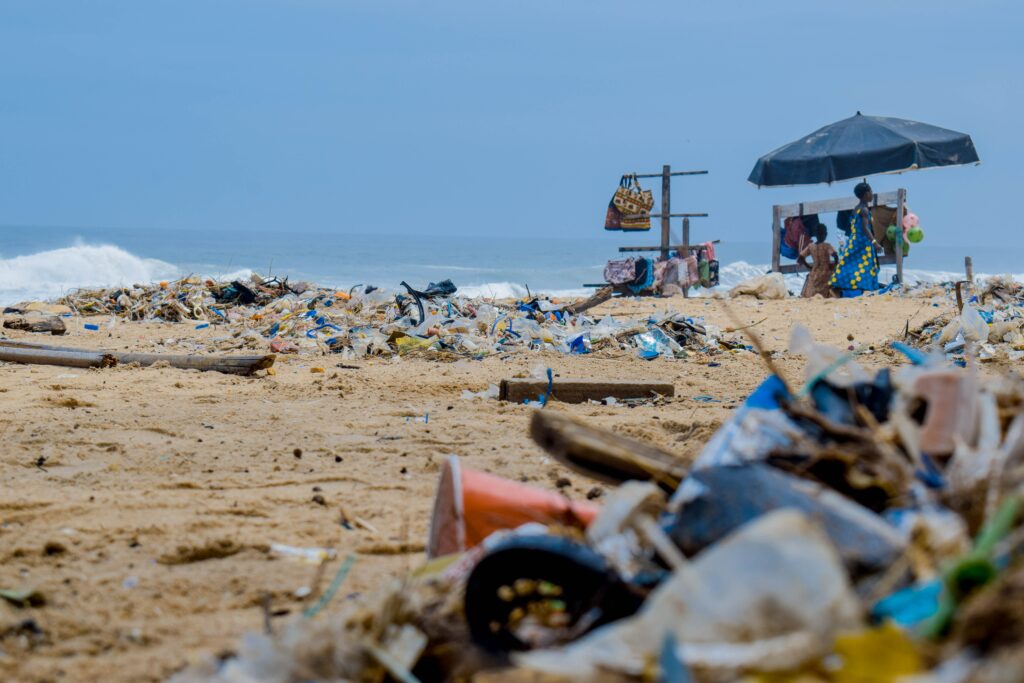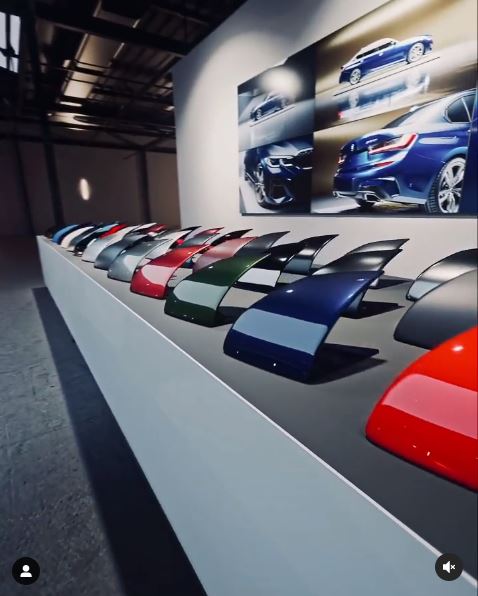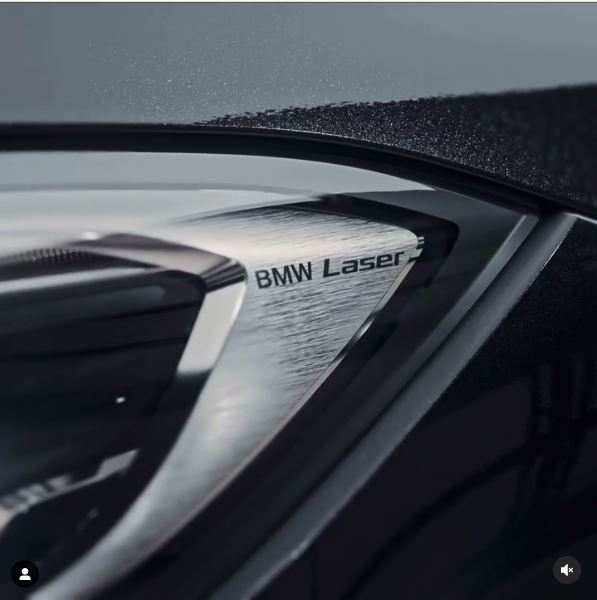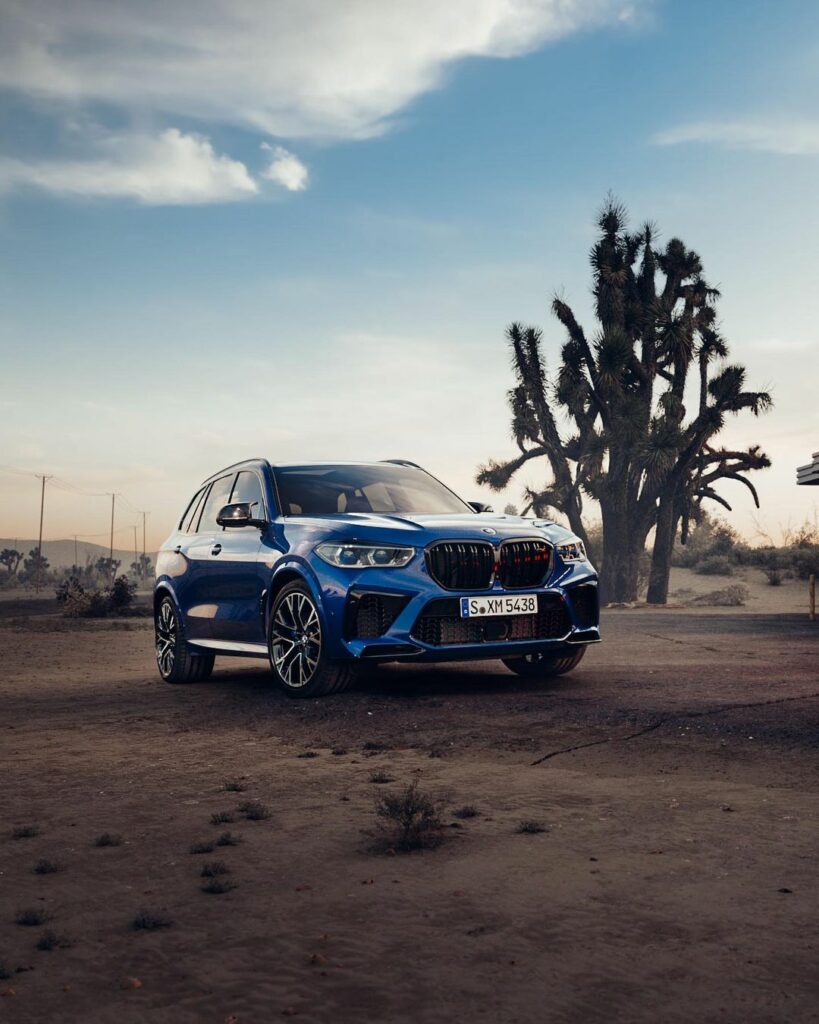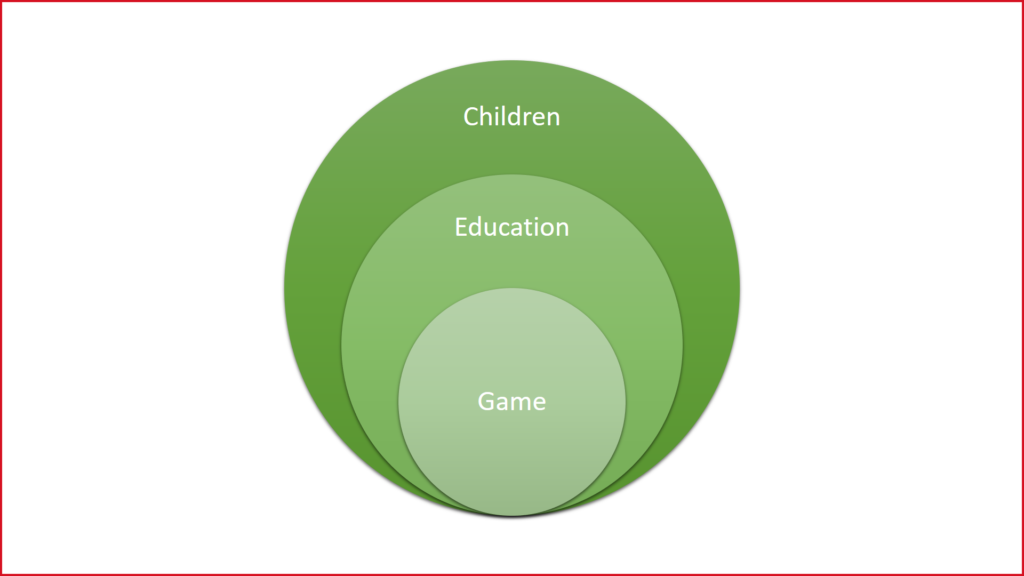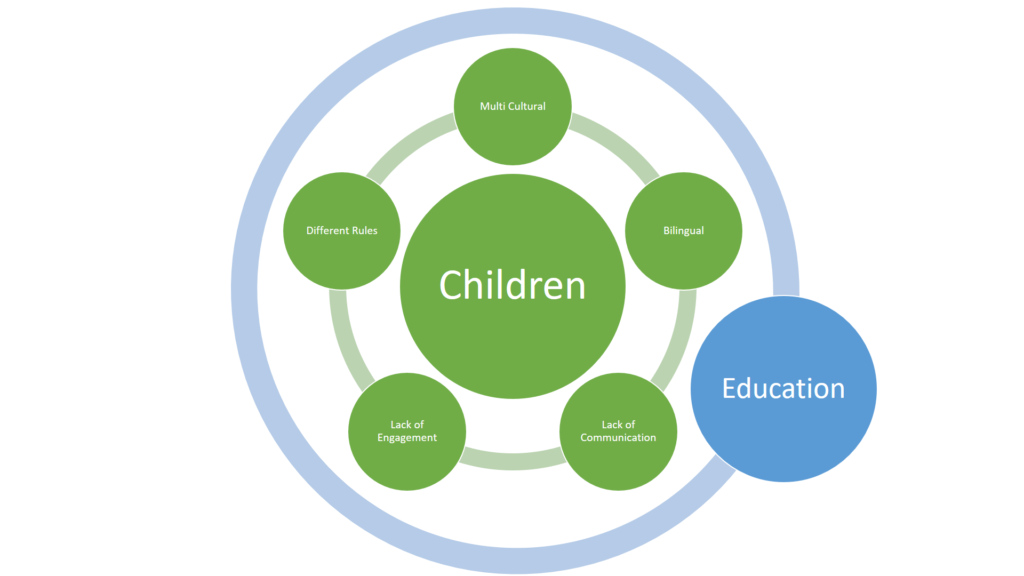Selfietauglich per Skalpell
Da ich in meinem Freundes- und Bekanntenkreis immer häufiger beobachte, dass Schönheitsoperationen oder minimalinvasive Eingriffe wie Botox und Lippenunterspritzungen zur Normalität werden, und auch viele Medienberichte berichten, dass dies zunehmend durch den Druck der sozialen Medien beeinflusst wird, möchte ich mich in diesem Semester diesem Thema widmen. Besonders Interessant finde ich die Frage wieviel Geld durchschnittlich ausgegeben wird um dem üblichen Schönheitsideal zu entsprechen.
Die Zeiten, in denen der Spiegel und ein paar Freunde oder – bei prominenteren Personen – ein paar Journalisten als Autorität für die Einschätzung der eigenen Attraktivität galten, sind vorbei. Heute kann dank Social Media die halbe Welt mitbestimmen, ob das eigene Gesicht den gängigen Schönheitsidealen entspricht.
Mezler-Andelberg. (2014, 25. April). Schönheitsoperationen: Selfietauglich per Skalpell. Die Presse. https://www.diepresse.com/1598457/schonheitsoperationen-selfietauglich-per-skalpell
Schuld daran sollen auch diverse Fotofilter, die mühelos die Haut glätten, die Lippen vergrößern und die Nase kleiner machen. In einer Umfrage gaben 59 % der Plastischen Chirurgen der Deutschen Gesellschaft für Ästhetisch-Plastische Chirurgie an, dass sie bereits ein mit Filtern gepimptes Selfie als Vorlage erhalten haben. Dass Filter die Ansprüche an den eigenen Körper verändern denken 86% der Befragten Schönheitschirurgien.
Mezler-Andelberg. (2014, 25. April). Schönheitsoperationen: Selfietauglich per Skalpell. Die Presse. https://www.diepresse.com/1598457/schonheitsoperationen-selfietauglich-per-skalpell/ Quelle: Pressemitteilung Deutsche Gesellschaft für Ästhetisch- Plastische Chirurgie (DGÄPC)
DGÄPC-Statistik
Die DGÄPC-Statistik liefert Zahlen, Fakten und Trends in der Ästhetisch-Plastischen Chirurgie und wird von der Deutschen Gesellschaft für Ästhetisch-Plastische Chirurgie herausgegeben. Die Basis ist eine jährliche Patientenbefragung. Für die Statistik 2019-2020 wurden 1.437 Fragebögen ausgewertet. Der Erhebungszeitraum umfasste Juli 2019 bis Juni 2020.
https://www.dgaepc.de/wp-content/uploads/2020/09/DGA%CC%88PC_Statistik-2019-2020_101120.pdf
Besonders interessant ist die Analyse der minimalinvasiven Behandlungen wie Botox und Faltenunterspritzungen bei Patienten unter 30 Jahren. Insgesamt machen diese vorwiegend faltenbekämpfenden Behandlungen 36,9 % aller Eingriffe aus. Das mag angesichts der Altersgruppe zunächst überraschen, wird aber immer bedeutender. Der Trend geht zur Prävention statt zur späteren Faltenbehandlung.

Während im Vorjahr mit 41,5 Prozent der Anteil von nicht- und minimalinvasiven Behandlungen nur knapp die Hälfte aller Eingriffe ausmachte, ist 2020 der Wert um ganze 22 Prozentpunkte auf 63,7 Prozent gestiegen. Die signifikante Steigerung lässt sich neben dem sich erweiternden Spektrum an Behandlungen auch darauf zurückführen, dass die Hemmschwelle der Patient*innen bei diesen Methoden als niedrig zu bewerten ist und Behandlungserfolge unmittelbarer sichtbar sind.
2,3% der von der DGÄPC Befragten Patienten richteten ihre Vorstellungen nach dem Erscheinungsbild von Medienpersönlichkeiten oder Influencern aus. Die Digital / durch Filter bearbeitete Selfie diente 2019 bei 14% als Vorlage.
https://www.dgaepc.de/wp-content/uploads/2020/09/DGA%CC%88PC_Statistik-2019-2020_101120.pdf
Im Jahr 2019 registrierte die International Society of Aesthetic Plastic Surgery (ISAPS) weltweit rund 24,9 Millionen ästhetische Eingriffe* – knapp die Hälfte davon chirurgisch. Die globale Zahl der Schönheitsoperationen und -eingriffe ist in den letzten Jahren rasant gewachsen: Heute werden rund 10 Millionen Eingriffe mehr durchgeführt als noch 2010 – ein Plus von rund 66 Prozent. Brasilien war mit rund 1,5 Millionen ästhetisch-plastischen Eingriffen (2018) das Land mit den meisten Schönheitsoperationen – unmittelbar gefolgt von den USA mit rund 1,49 Millionen Eingriffen. Damit entfallen auf diese beiden Länder knapp ein Drittel aller weltweit durchgeführten plastisch-chirurgischen Eingriffe.
Statista. (2020, 21. Dezember). Anzahl von Schönheitsoperationen weltweit bis 2019. https://de.statista.com/statistik/daten/studie/702578/umfrage/laender-mit-der-hoechsten-anzahl-an-schoenheitsoperationen/
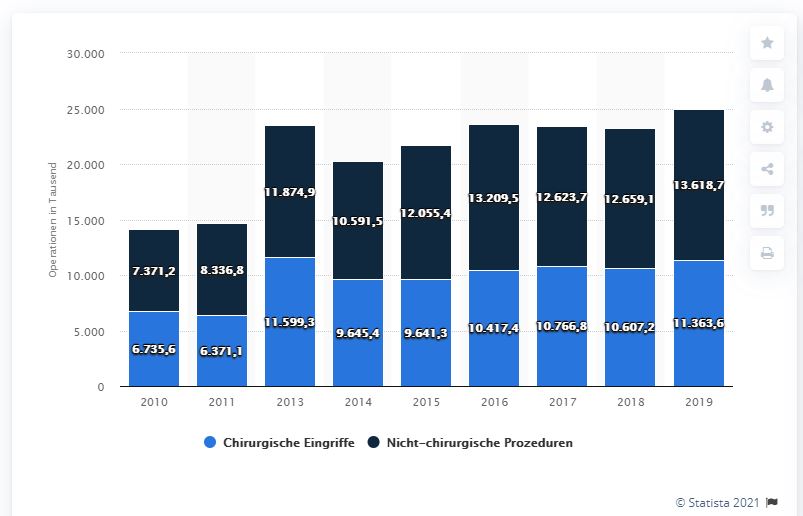
Österreich
Die Zahl der in Österreich lebenden Personen, die mit kosmetisch-chirurgischen Methoden möglichst lange jung und schön aussehen wollen, steigt rasant. Rund 50.000 Österreicher – 90 Prozent davon Frauen – legen sich jährlich unter das Messer eines Schönheitschirurgen. Chirurgische Eingriffe stiegen im vergangenen Jahr um etwa fünf Prozent, kleinere invasive Eingriffe wie Faltenunterspritzungen nahmen um mehr als 40 Prozent zu.
Faltenunterspritzungen gehören zu den beliebtesten Eingriffen in der ästhetischen Chirurgie. Eine schnelle, effektive und kostengünstige Alternative zum Facelifting. Dabei werden Wirkstoffe wie Kollagen, Hyaluronsäure und Botulinumtoxin unter die Haut gespritzt. In jüngster Zeit ersetzen auch plastische Fäden unter der Haut das Skalpell.
Botoxbehandlungen haben innerhalb eines Jahres um mehr als 150 Prozent zugenommen. Auch Anti-Aging-Laserbehandlungen sind auf dem Vormarsch. Mit einem CO2-Laser wird die Haut gestrafft und kleine Fältchen verschwinden.
Wenn es um Schönheitsoperationen geht, machen Männer nur 15 Prozent der Behandelten aus. Beliebt sind Nasenkorrekturen und Lidstraffungen. 90 Prozent der Fettabsaugungen in Österreich werden an Frauen ausgeführt.
Kleine Eingriffe kosten rund 500 Euro und sind somit nicht nur mehr der High Society vorbehalten. Größere Operationen wie Brustvergrößerungen gibt es ab etwa 5.000 Euro.
ORF. (2010, 1. Januar). 40.000 Schönheitsoperationen pro Jahr in Österreich – ORF ON Science. sciencev1.orf.at. https://sciencev1.orf.at/science/news/113139
Seit Beginn der Corona-Krise ist die Nachfrage nach plastischen Eingriffen in der Steiermark um 40% gestiegen. Daryousch Parvizi, plastischer Chirurg in Graz vermutet dass das an der unbemerkten Erholungszeit liegen könnte. Da sich alle in Videokonferenzen ständig selbst sehen haben viele ihre Körperwahrnehmung verändert und Problemzonen entdeckt. Auch haben die Steirer mehr Zeit und durch geplatzte Urlaube etc. auch Geld zur Verfügung.
ORF.at. (2021, 9. Februar). Coronavirus: Liften im Lockdown: Schönheits-OPs boomen. steiermark.ORF.at. https://steiermark.orf.at/stories/3088951/
Reportagen Zum Thema:
Gefährliche Werbung: Schönheits-OP für das perfekte Selfie? | reporter
Botox, Hyaluron und Co: Zwischen Selbstoptimierung und Schönheitswahn // Bremen NEXT Reportage
Nie genug. Der Körperkult in sozialen Medien Doku (2018)
Lippen aufspritzen & Botox! Schönheitswahn auf Instagram! | taff | ProSieben
Mögliche Literatur:
Christakis, N. A., Fowler, J. H. & Neubauer, J. (2011). Die Macht sozialer Netzwerke: Wer uns wirklich beeinflusst und warum Glück ansteckend ist (1. Aufl.). FISCHER Taschenbuch.
Eco, U., Hausmann, F. & Pfeiffer, M. (2004). Die Geschichte der Schönheit (7. Aufl.). Carl Hanser Verlag GmbH & Co. KG.
Nymoen, O. & Schmitt, W. M. (2021). Influencer: Die Ideologie der Werbekörper (edition suhrkamp). Suhrkamp.
Wolf, G. (2017). Schönheitsideale im 21.Jahrhundert – Ein Leben für die Schönheit: Gezeigt an ATV – Ein Leben für die Schönheit. AV Akademikerverlag.
